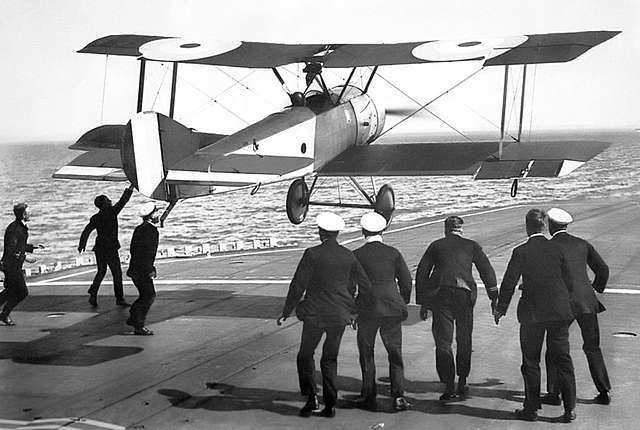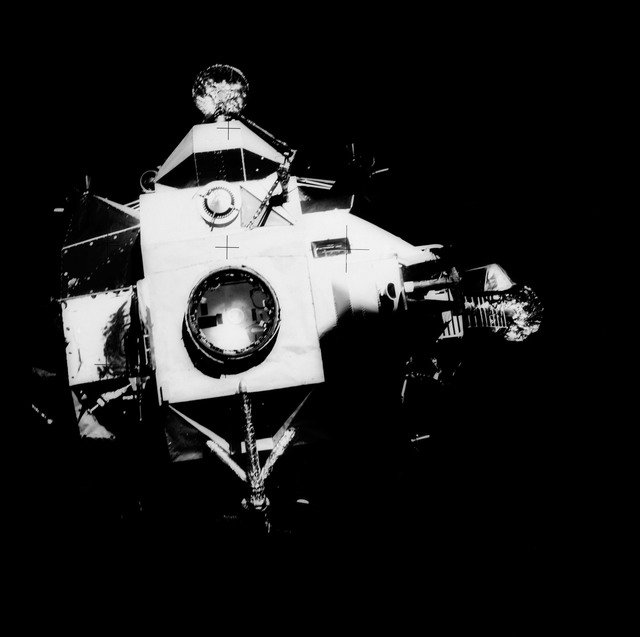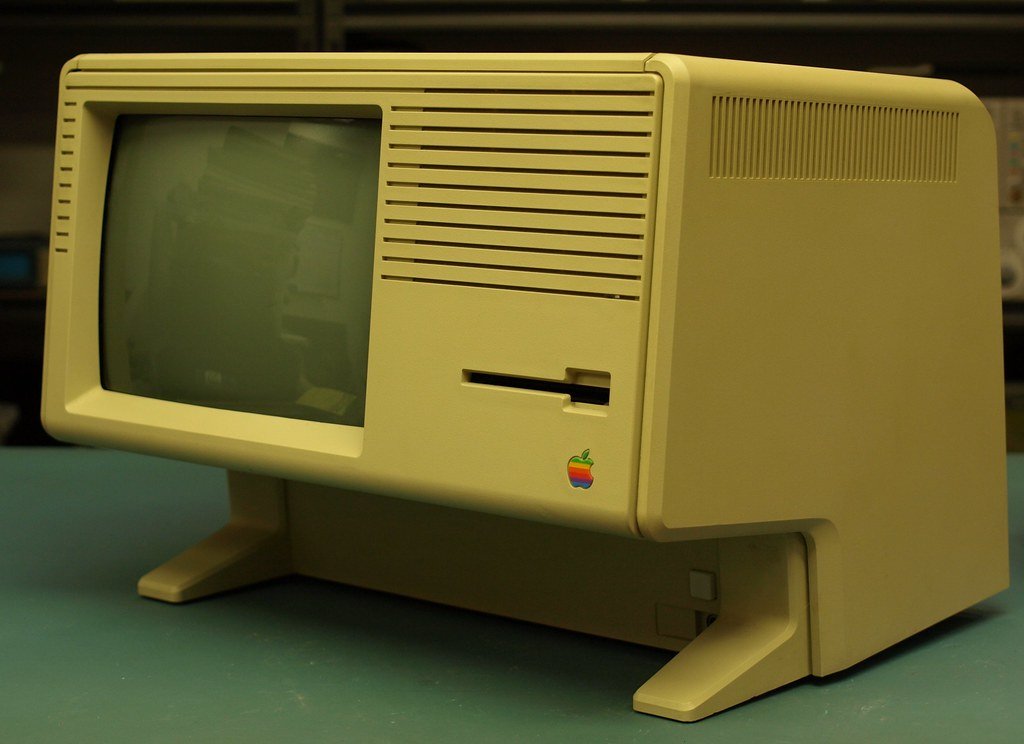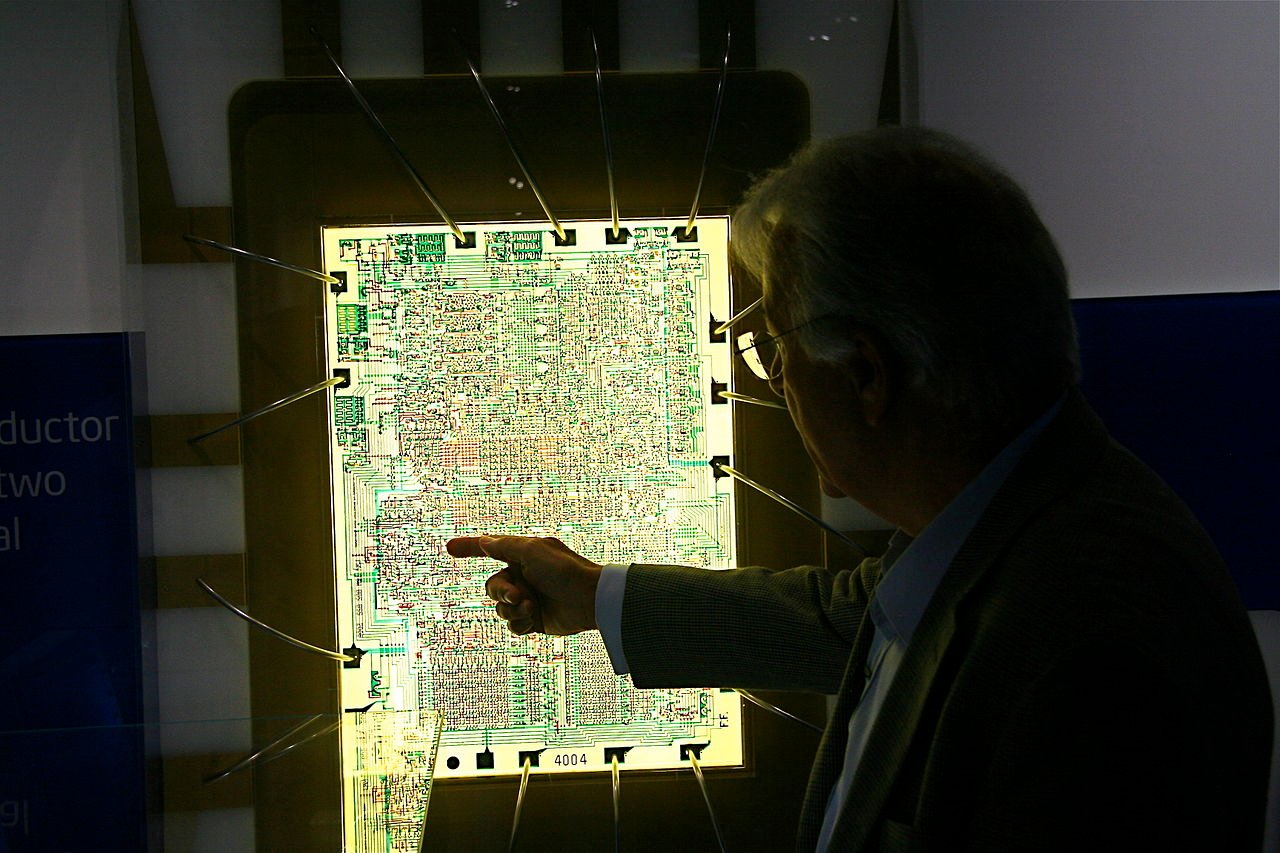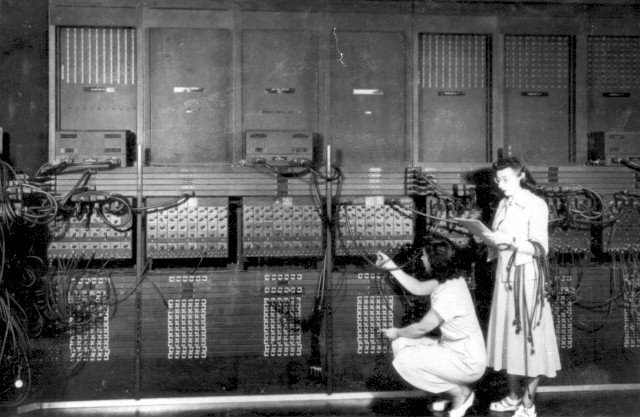The Mariner 9 mission stands as a testament to human ingenuity and the relentless pursuit of knowledge in the realm of space exploration. Launched on May 30, 1971, by NASA as a part of the Mariner program, this spacecraft etched its name in history by becoming the first to orbit another planet—Mars successfully. The mission was propelled by ambitious objectives: to delve into the mysteries of the Martian atmosphere, scrutinize the enigmatic surface features, and unveil the secrets held by the Red Planet.
The journey of Mariner 9 was not without its challenges. Upon its arrival at Mars on November 14, 1971, the spacecraft encountered a planet shrouded in a global dust storm, obscuring much of the surface. Despite this obstacle, Mariner 9 demonstrated resilience, patiently waiting for the storm to subside. Once the dust settled, the spacecraft embarked on a groundbreaking mission, capturing detailed images and data that would reshape our understanding of Mars.
Equipped with an array of scientific instruments, including cameras, infrared spectrometers, and various sensors, Mariner 9 conducted a comprehensive study of Mars. It unveiled the largest volcano in the solar system, Olympus Mons, and the sprawling canyon system, Valles Marineris. These discoveries not only expanded our knowledge of Mars but also provided critical insights into the geological and atmospheric processes shaping the planet.
The legacy of Mariner 9 extends beyond its primary mission. The data and images returned by the spacecraft laid the foundation for subsequent Mars missions, influencing the design and objectives of future exploratory endeavors. Its success paved the way for the Viking program, setting a precedent for in-depth planetary investigations.
As we reflect on the achievements of Mariner 9, we celebrate the spirit of exploration that propels humanity into the cosmos, unraveling the mysteries of celestial bodies and pushing the boundaries of scientific understanding. This mission stands as a beacon of inspiration, reminding us of the incredible feats achievable when curiosity and technological prowess converge on the frontiers of space.
Table of Contents
What did Mariner 9 discover?
Mariner 9, the first spacecraft to orbit Mars, made groundbreaking discoveries during its mission. Despite initially encountering a global dust storm, the spacecraft provided unprecedented insights into the Red Planet. Mariner 9’s instruments revealed Olympus Mons, the largest volcano in the solar system, and Valles Marineris, an extensive canyon system. These discoveries reshaped our understanding of Mars’s geological history. The spacecraft also identified various surface features, including impact craters, channels, and polar ice caps, contributing crucial data to planetary science. Mariner 9’s comprehensive study of the Martian atmosphere and terrain laid the groundwork for future missions, influencing subsequent Mars exploration endeavors. Its findings significantly advanced our knowledge of Mars, marking a pivotal moment in planetary exploration.
Why did Mariner 8 fail?
Mariner 8, part of NASA’s Mariner program, experienced a failure on May 8, 1971, just minutes after its launch. The mission aimed to explore Mars, but a rocket failure thwarted its journey. The Atlas-Centaur rocket carrying Mariner 8 deviated from its planned trajectory due to a guidance system malfunction. Attempts to correct the course were unsuccessful, leading to the decision to destroy the spacecraft to prevent any potential risks.
The failure of Mariner 8 underscored the inherent risks and complexities of space exploration. The incident prompted thorough investigations into the root causes, leading to improvements in spacecraft design and launch procedures. Despite this setback, the subsequent success of Mariner 9, launched just a few weeks later, demonstrated the resilience and adaptability of the space exploration community in learning from failures and pushing forward with advancements in planetary exploration.
Is the Mariner 10 still in space?
Mariner 10 is not in space. Launched by NASA on November 3, 1973, Mariner 10 conducted flybys of the planets Mercury and Venus, providing valuable data. After completing its primary mission objectives, Mariner 10 ceased communication in March 1975. The spacecraft remains in a heliocentric orbit, meaning it orbits the Sun, and it is not actively controlled or monitored by Earth. While it is still technically in space, Mariner 10 is no longer operational, and its communication systems have long been silent.
Mariner 9: Unveiling the Mysteries of Mars
Mariner 9’s Historic Mission to Mars
In 1971, Mariner 9 embarked on a groundbreaking journey, achieving the historic milestone of becoming the first spacecraft to orbit another planet. Representing a pivotal moment in space exploration, this NASA mission was a cornerstone of the Mariner program, designed with the specific goal of unraveling the mysteries enshrouding Mars.
Launched on May 30, 1971, Mariner 9 soared through the cosmos atop an Atlas-Centaur rocket from Cape Canaveral Air Force Station, propelling itself towards the Red Planet. The mission’s significance lay not only in its technological achievements but also in its scientific objectives. Equipped with advanced instruments, including cameras, infrared spectrometers, and sensors, Mariner 9 aimed to meticulously study the Martian atmosphere, surface features, and topography.
Upon reaching Mars on November 14, 1971, Mariner 9 overcame challenges faced by its predecessors, successfully entering orbit and marking a pivotal moment in planetary exploration. Despite an initial dust storm that obscured much of the Martian surface, the spacecraft demonstrated resilience, eventually capturing detailed images and uncovering significant features such as Olympus Mons, the largest volcano in the solar system, and Valles Marineris, the longest canyon.
Mariner 9’s groundbreaking journey laid the foundation for future Mars missions and significantly advanced our understanding of the Red Planet, leaving an indelible mark on the history of space exploration.
Launch and Arrival
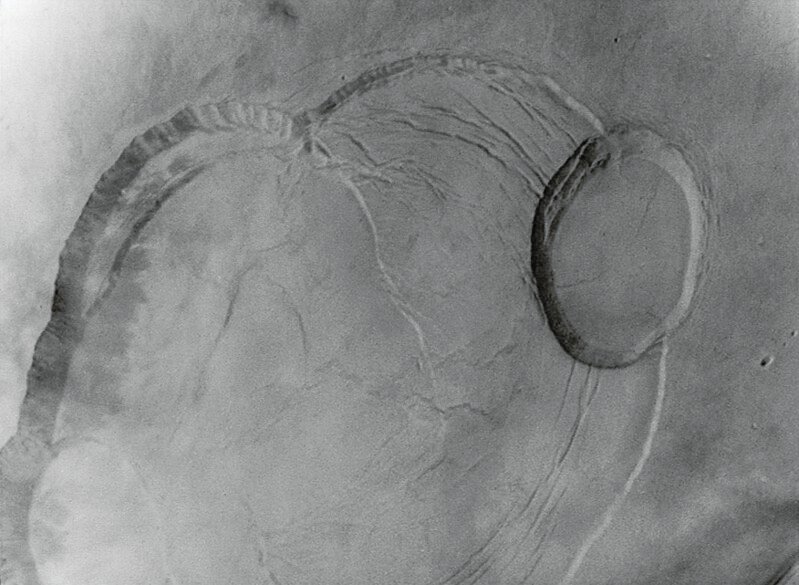
Launched with precision on May 30, 1971, Mariner 9 embarked on a transformative journey into the cosmos. Riding atop an Atlas-Centaur rocket, it gracefully ascended from Cape Canaveral Air Force Station, propelled by the collective anticipation of unlocking the mysteries of the universe. The Red Planet, Mars, stood as its ultimate destination, beckoning the spacecraft to venture into uncharted territory.
On November 14, 1971, Mariner 9 etched its name in the annals of space exploration by achieving a historic orbit insertion around Mars. This triumph marked a significant breakthrough, as it overcame challenges that had thwarted earlier missions. The spacecraft’s arrival during a planetary dust storm initially obscured its view, testing the resilience of both technology and scientific ambition. However, Mariner 9’s perseverance prevailed, allowing it to patiently wait for the storm to subside before initiating its groundbreaking mission.
The successful orbit insertion not only made Mariner 9 the first spacecraft to orbit another planet but also positioned it as a trailblazer in the exploration of Mars. This achievement set the stage for an unprecedented scientific exploration of the Martian atmosphere, surface, and topography, unveiling a new chapter in our understanding of the Red Planet.
Scientific Objectives and Instruments
Mariner 9, a pioneering spacecraft in Mars exploration, was outfitted with cutting-edge scientific instruments that revolutionized our understanding of the Red Planet. Among its impressive arsenal were sophisticated cameras, infrared spectrometers, and an array of sensors collectively designed to unravel the mysteries of Mars.
The spacecraft’s primary mission objectives centered on a meticulous study of the Martian atmosphere, surface, and topography. Equipped with high-resolution cameras, Mariner 9 captured detailed images of the Martian landscape, offering a close-up view of features previously unseen. The infrared spectrometers played a crucial role in analyzing the composition of the atmosphere, providing insights into its chemical makeup and thermal properties.
The sensors onboard Mariner 9 were instrumental in collecting valuable data on various aspects of Mars, contributing to a comprehensive understanding of the planet’s geology and atmospheric conditions. By scrutinizing the topography, the spacecraft unveiled the diverse terrain, including vast plains, towering volcanoes, and the colossal Valles Marineris canyon system.
Mariner 9’s technological sophistication and its ability to acquire unprecedented data played a pivotal role in advancing planetary science. The wealth of information gathered by these advanced instruments not only enriched our knowledge of Mars but also paved the way for subsequent missions, shaping the trajectory of Mars exploration for years to come.
Notable Discoveries
In the face of an initial and formidable Martian dust storm, Mariner 9 exhibited remarkable resilience, emerging as a pioneer in the comprehensive study of the Red Planet’s surface. Undeterred by the atmospheric challenges, the spacecraft persevered, capturing unprecedented glimpses of Mars that would reshape our understanding of the neighboring world.
One of Mariner 9’s standout achievements was the identification of Olympus Mons, a colossal shield volcano and the largest of its kind not only on Mars but also in the entire solar system. This discovery unveiled a geological marvel, providing insights into Mars’ volcanic history and contributing to our broader understanding of planetary processes.
Equally significant was Mariner 9’s revelation of Valles Marineris, a vast canyon system that claimed the title of the longest canyon in the solar system. This immense geological feature stretches across Mars’ surface, presenting a complex network of canyons, valleys, and towering cliffs. The spacecraft’s observations of Valles Marineris offered valuable clues about the planet’s geological evolution, hinting at past tectonic and erosional processes that sculpted this extraordinary Martian landscape.
Mariner 9’s perseverance and scientific prowess in the face of adverse conditions opened new frontiers in our exploration of Mars, uncovering geological wonders that continue to inspire and inform subsequent missions to the Red Planet.
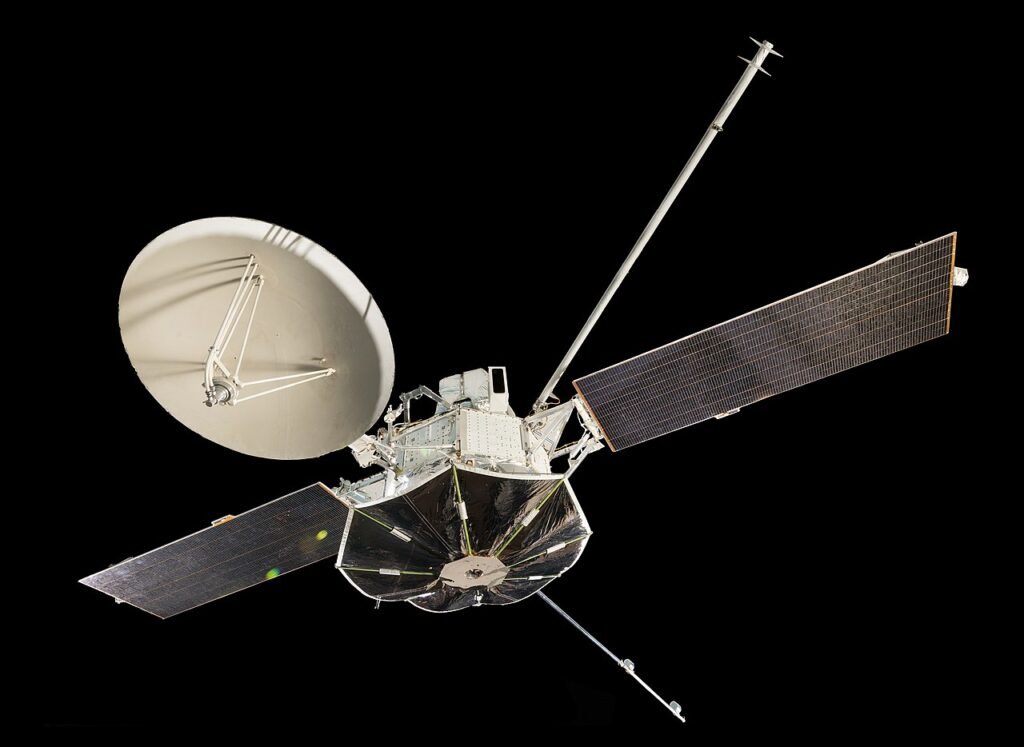
Enduring Legacy
Mariner 9’s historic mission to Mars left an indelible mark on our understanding of the Red Planet, and its enduring contributions continue to shape the trajectory of Martian exploration. The wealth of data and images captured by Mariner 9 served as a cornerstone for subsequent missions, playing a pivotal role in advancing our comprehension of the Martian landscape and atmosphere.
The mission’s legacy resonates prominently in the Viking program, the subsequent chapter in Mars exploration. Mariner 9’s findings and insights laid a crucial foundation for the planning and execution of the Viking missions, which marked the first successful landings on Mars in the mid-1970s. The groundwork laid by Mariner 9 influenced the selection of landing sites, the design of scientific instruments, and the overall mission strategy.
Mariner 9’s impact extends beyond the Viking program, permeating through the fabric of Martian research. Its detailed observations of surface features, atmospheric conditions, and geological formations provided a roadmap for scientists studying Mars’ dynamic history and evolution. The mission’s data continues to be revisited and reanalyzed, contributing to ongoing scientific inquiries about the Red Planet’s past, present, and potential for habitability.
Mariner 9’s enduring legacy is not confined to the success of its primary mission but radiates through time, leaving an indomitable imprint on the collective understanding of Mars. As humanity continues to explore and envision future missions to Mars, Mariner 9 stands as a pioneering sentinel that illuminated the path, unlocking the mysteries of the Red Planet and sparking a sustained quest for knowledge beyond our home planet.
Mission Duration and Conclusion
For close to a year, Mariner 9 diligently circled Mars, functioning as an orbital outpost that tirelessly gathered and transmitted an abundance of data back to Earth. This extensive data transmission persisted until the spacecraft’s mission reached its poignant end on October 27, 1972, signalling the depletion of its fuel reserves. Mariner 9’s operational tenure in the Martian orbit was a testament to human technological prowess and the capability to conduct in-depth scientific investigations in the harsh environment of space.
The significance of Mariner 9’s success reverberated throughout the realm of planetary exploration. This mission not only achieved the distinction of being the inaugural spacecraft to orbit another planet but also played a pivotal role in shaping subsequent attempts to unravel the mysteries of Mars. The wealth of data it delivered, coupled with its groundbreaking discoveries, laid the foundation for future missions, notably influencing the trajectory of the Viking program. Mariner 9’s legacy endures as a cornerstone in the collective journey of humanity’s exploration of the Red Planet, providing crucial insights that continue to fuel our ongoing fascination with the mysteries of Mars.


